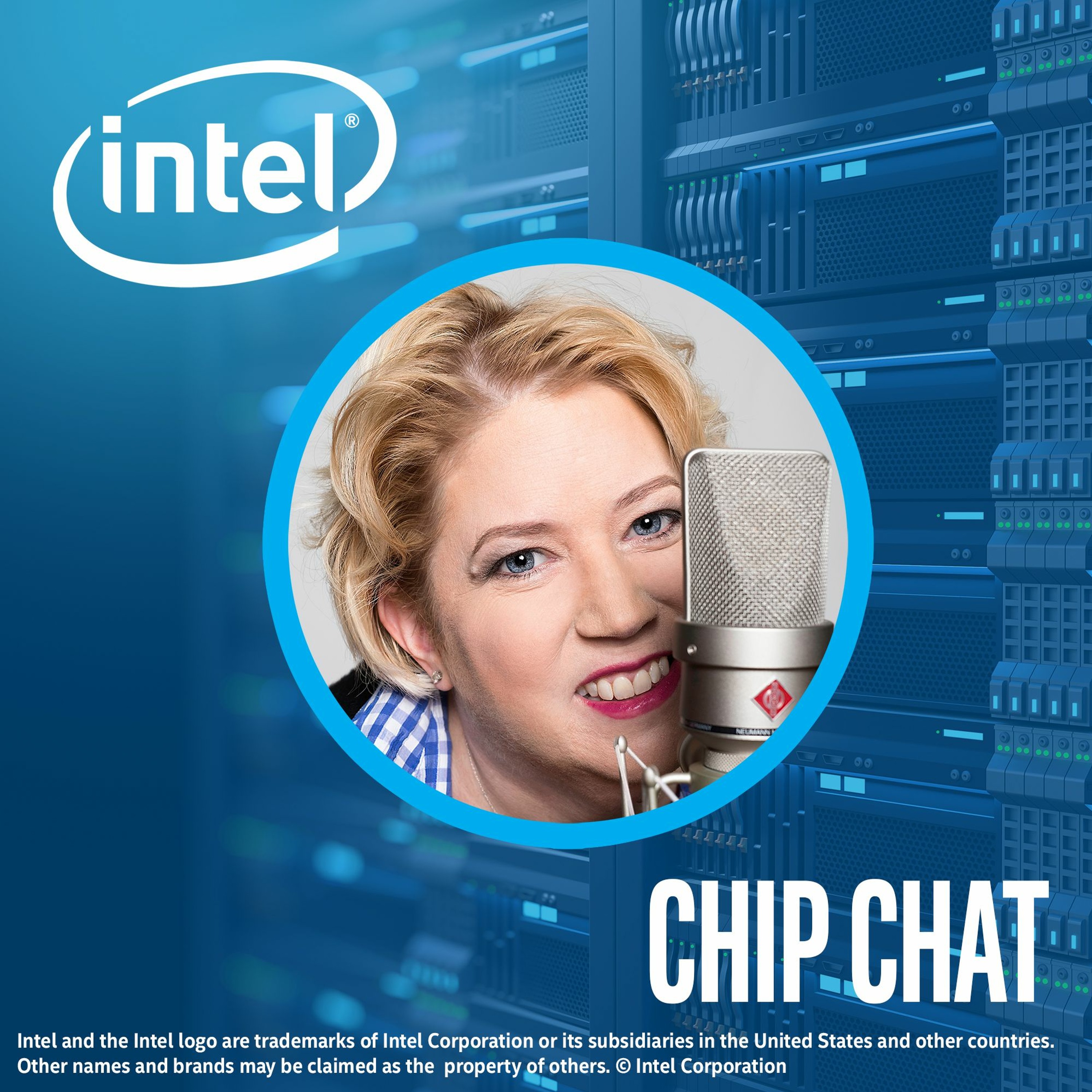- Technology
- SEE MORE
- classical
- general
- talk
- News
- Family
- Bürgerfunk
- pop
- Islam
- soul
- jazz
- Comedy
- humor
- wissenschaft
- opera
- baroque
- gesellschaft
- theater
- Local
- alternative
- electro
- rock
- rap
- lifestyle
- Music
- como
- RNE
- ballads
- greek
- Buddhism
- deportes
- christian
- piano
- djs
- Dance
- dutch
- flamenco
- social
- hope
- christian rock
- academia
- afrique
- Business
- musique
- ελληνική-μουσική
- religion
- World radio
- Zarzuela
- travel
- World
- NFL
- media
- Art
- public
- Sports
- Gospel
- st.
- baptist
- Leisure
- Kids & Family
- musical
- club
- Culture
- Health & Fitness
- True Crime
- Fiction
- children
- Society & Culture
- TV & Film
- gold
- kunst
- música
- gay
- Natural
- a
- francais
- bach
- economics
- kultur
- evangelical
- tech
- Opinion
- Government
- gaming
- College
- technik
- History
- Jesus
- Health
- movies
- radio
- services
- Church
- podcast
- Education
- international
- Transportation
- Other
- kids
- podcasts
- philadelphia
- Noticias
- love
- sport
- Salud
- film
- and
- 4chan
- Disco
- Stories
- fashion
- Arts
- interviews
- hardstyle
- entertainment
- humour
- medieval
- literature
- alma
- Cultura
- video
- TV
- Science
- en
The Evolution of Neuromorphic Computing - Intel Chip Chat episode 681

Neuromorphic computing looks to the human brain and nervous system for inspiration. The brain is very good at perceiving information, learning from context, and inference. Understanding how the brain does something can inform how a computer could perform the same task. To be sure, neuromorphic computing isn\u2019t biomimicry or about reconstructing the brain in silicon. Rather, it\u2019s about understanding the processes and structures of neuroscience and using those insights to inform research, engineering, and technology. Those insights can help create a new generation of AI that\u2019s better at seeing, learning, and solving problems.\n\nMike Davies is the director of Intel\u2019s Neuromorphic Computing Lab and a veteran neuromorphic computing engineer. He joined us to talk about neuromorphic computing, what it means to \u201cspike\u201d a neural network, and Intel\u2019s Loihi, a neuromorphic research chip that contains over 130,000 \u201cneurons.\u201d\n\nFor more about neuromorphic computing go to https://www.intel.com/content/www/us/en/research/neuromorphic-computing.html\n\nIntel and the Intel logo are trademarks of Intel Corporation or its subsidiaries in the U.S. and/or other countries. \n\nOther names and brands may be claimed as the property of others. \n\n\xa9 Intel Corporation